Home>Dining>Tableware>How Many Place Settings Should You Have
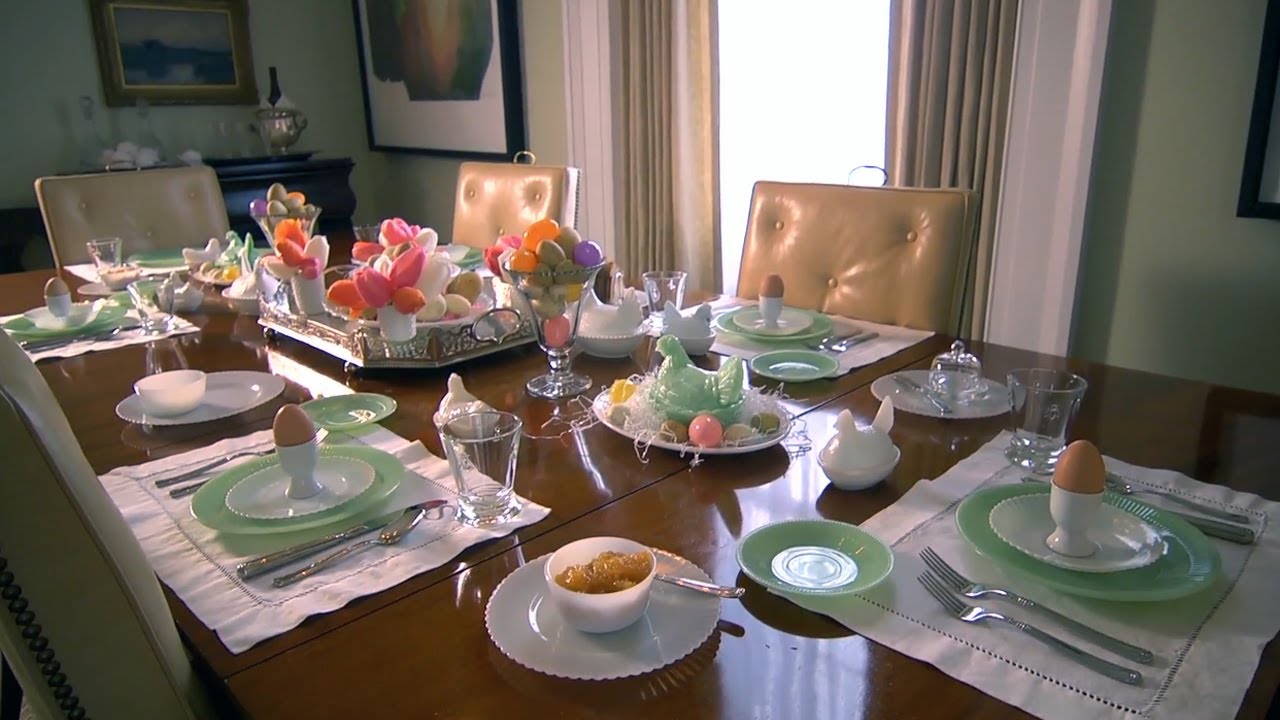

Tableware
How Many Place Settings Should You Have
Modified: September 2, 2024
Discover the ideal number of tableware place settings you should have for your dining needs. Find out how to ensure you're fully prepared for any occasion.
(Many of the links in this article redirect to a specific reviewed product. Your purchase of these products through affiliate links helps to generate commission for Storables.com, at no extra cost. Learn more)
Introduction
When it comes to tableware, having the right number of place settings is essential. Whether you’re hosting a dinner party or simply enjoying a meal with your family, having enough plates, glasses, and cutlery ensures that everyone can dine together comfortably. However, determining the right number of place settings can be a bit tricky, as it depends on several factors such as the size of your household and how often you host guests.
In this article, we will guide you through the process of determining the ideal number of place settings for your needs. We will explore the different factors you should consider, the types of place settings available, and provide recommendations for households of different sizes. So, let’s dive in and make sure you have the perfect number of place settings for your table.
Key Takeaways:
- Determine the ideal number of place settings based on household size, guest frequency, and meal types. Small households may need 4-6 settings, while large households may require 12-16 or more.
- Adjust place settings for temporary events or permanent changes. Borrow, rent, or use disposable tableware for temporary needs, and add or repurpose settings for permanent household adjustments.
Read more: Where Should Glassware Be Placed
Determining the Number of Place Settings
When deciding how many place settings you should have, there are a few factors to consider. These factors will help you determine the right number based on the size of your household, how often you entertain guests, and the types of meals you typically serve.
Number of Household Members
The first factor to consider is the number of people in your household. It’s important to have enough place settings to accommodate everyone during mealtime. Count the number of family members who regularly dine together and include them in your calculation.
If you have a small household with only one or two members, you may not need as many place settings compared to a larger household with more members.
Frequency of Hosting Guests
If you frequently host guests or have friends and family over for meals, you’ll need to account for the additional people. Consider how often you entertain and the maximum number of guests you usually have. It’s a good idea to have extra place settings reserved for these occasions.
For example, if you tend to host dinner parties with six guests, having at least six additional place settings would be advisable to ensure everyone is accommodated.
Types of Meals Typically Served
The types of meals you typically serve also affect the number of place settings needed. If you regularly host formal dinners or multi-course meals, you may need more place settings compared to someone who mostly has casual, family-style meals.
Formal meals often require more plates, glasses, and utensils for each course, whereas casual meals may only require a single set per person. Consider the complexity and frequency of the meals you serve to determine the appropriate number of place settings.
Guidelines for Choosing the Number of Place Settings
Based on the factors above, here are some general guidelines to help you choose the right number of place settings:
- Small Household (1-2 Members): A set of 4-6 place settings should be sufficient for everyday use. It’s recommended to have at least 2-4 extra place settings for guests.
- Medium Household (3-6 Members): Aim for 8-12 place settings as your baseline. Consider adding an additional 4-6 place settings for guests.
- Large Household (7+ Members): Having 12-16 place settings is a good starting point, with additional place settings for guests. Consider investing in a set of durable and versatile tableware.
Keep in mind that these guidelines can vary depending on your specific needs and preferences. It’s always better to have a few extra place settings available to accommodate unexpected guests or replace any broken or damaged pieces.
Now that you understand the factors to consider and the guidelines for choosing the number of place settings, let’s explore the different types of place settings available.
Types of Place Settings
When it comes to tableware, there are two main types of place settings: standard and formal. The type of place setting you choose depends on the occasion, the level of formality, and your personal preference.
Standard Place Settings
A standard place setting typically includes the essential items needed for a basic meal. It is ideal for everyday use, casual gatherings, and informal meals. Here are the components of a standard place setting:
- Plate: A dinner plate is the core element of a standard place setting. It is used as the main dishware on which the food is served.
- Bowl: A bowl is used for soups, salads, or other dishes that require containment. It can be a separate item or combined with the dinner plate as a wide-rimmed plate.
- Flatware: Standard flatware includes a dinner fork, dinner knife, and teaspoon. These utensils are the basics for eating and are placed on either side of the plate.
- Glassware: A standard place setting typically includes a water glass or tumbler for beverages. You can also add a wine glass or other stemware if desired.
- Napkin: A cloth or paper napkin is placed either on the plate or to the left of the forks.
Standard place settings are versatile and practical for everyday meals and casual gatherings. They are generally less elaborate and require minimal space for storage.
Formal Place Settings
If you’re hosting a special occasion or a formal event, a formal place setting adds an extra touch of elegance and sophistication to the table. It typically includes additional items beyond the basics of a standard place setting. Here are the components of a formal place setting:
- Plate: A formal place setting often includes multiple plates to accommodate different courses. These may include a charger plate, a dinner plate, a salad plate, and a bread plate.
- Bowl: Additional bowls may be added for soup or other courses.
- Flatware: Formal flatware includes additional utensils for different courses, such as a salad fork, a fish fork, a soup spoon, and a dessert spoon. They are placed in the order of use, with the outermost utensils used first.
- Glassware: Formal place settings often have multiple glasses for different types of beverages, including water, wine, and champagne.
- Napkin: A formal napkin can be folded intricately and placed in a napkin ring or folded neatly and placed on the plate.
- Additional Items: Depending on the occasion, there may be other decorative items such as place cards, menu cards, and table decor.
Formal place settings are reserved for special events, such as weddings, formal dinners, or holiday gatherings. They provide an elevated dining experience and create a stunning table arrangement.
Now that you are familiar with the types of place settings, you can make a more informed decision about the number and type of place settings you need. In the next section, we will provide recommendations for the ideal number of place settings for different household sizes.
Read more: How Many Vents Should A Roof Have
Recommended Number of Place Settings
The number of place settings you need for your household depends on the size of your family and your entertaining habits. Here are some recommendations for the ideal number of place settings based on different household sizes:
Small Household (1-2 Members)
For a small household with only one or two members, having a set of 4-6 place settings should be sufficient for everyday use. This will allow you to have multiple sets available for rotation and dishwasher cycles. Additionally, having a few extra place settings, around 2-4, is recommended for when you have guests over or if any pieces get damaged.
A small household doesn’t typically require a large number of place settings, but having a few extras on hand ensures that you are prepared for any situation, whether it’s an impromptu dinner with friends or a special occasion.
Medium Household (3-6 Members)
For households with three to six members, aim for a baseline of 8-12 place settings. This will allow each family member to have their own set and provide flexibility for hosting guests. If you frequently entertain or have larger gatherings, consider adding an additional 4-6 place settings to accommodate your guests comfortably.
Having a slightly larger number of place settings for a medium household ensures that you have enough for everyone during family meals while having the flexibility to invite friends or extended family over without running short on tableware.
Large Household (7+ Members)
If you have a large household with seven or more members, it’s recommended to have 12-16 place settings as a starting point. Having a larger number of place settings ensures that everyone has their own set for everyday use without having to constantly wash dishes between meals.
In addition to the baseline number, it’s advisable to have additional place settings for guests. Consider investing in a larger set of tableware to accommodate the needs of your household. Having a larger number of place settings will also come in handy during special occasions or when hosting larger gatherings.
Remember, these recommendations are general guidelines, and your specific needs and preferences may vary. It’s always a good idea to have a few extra place settings available to account for unexpected guests or to replace any broken or damaged pieces.
Now that you have an idea of the recommended number of place settings based on different household sizes, let’s explore how you can adjust the number of place settings based on temporary or permanent changes.
Adjusting the Number of Place Settings
In certain situations, you may need to adjust the number of place settings you have. Whether it’s a temporary increase for a special event or a permanent change due to a change in household size, here are some tips on how to adjust the number of place settings:
Temporary Increase
If you’re hosting a special event or expecting a larger number of guests than usual, you may need to temporarily increase the number of place settings. Here’s how you can handle this situation:
- Borrow or Rent: Consider borrowing extra place settings from friends or family members for the event. If that’s not possible, you can look into renting additional place settings from a party rental company.
- Mix and Match: If you don’t have access to extra matching place settings, you can mix and match different sets of tableware. This can create an eclectic and unique look for your table.
- Disposable Tableware: For casual events or larger gatherings, you may opt for disposable tableware. While not as elegant as traditional tableware, it can be a practical and cost-effective solution for temporary increases in the number of place settings.
Temporary increases in place settings allow you to accommodate guests without making a permanent change to your tableware collection. Once the event is over, you can return borrowed items or dispose of the disposable tableware.
Permanent Increase or Decrease
If there are permanent changes in your household size, such as a new family member or a child moving out, you may need to adjust the number of place settings accordingly. Here’s how you can manage a permanent increase or decrease:
- Additions to the Household: If there’s a new member joining your household, you’ll need to increase the number of place settings. Consider purchasing additional sets or individual pieces to accommodate the new member.
- Reduced Household Size: If a family member has moved out or you find that you consistently have unused place settings, you may opt to downsize your collection. You can donate or sell the excess tableware.
- Reuse or Repurpose: Instead of getting rid of excess place settings, you can find creative ways to reuse or repurpose them. For example, you can use spare plates as decorative serving trays or repurpose cups as storage containers.
Adjusting the number of place settings based on permanent changes ensures that you have the right amount of tableware for your household’s current needs. It helps to optimize storage space and reduce clutter.
By being flexible and adaptable with the number of place settings, you can always ensure that your table is well-equipped for any occasion or adjustment in household dynamics.
Now that you have a good understanding of adjusting the number of place settings, let’s conclude our article.
Conclusion
Choosing the right number of place settings is crucial for a well-prepared and enjoyable dining experience. By considering factors such as the size of your household, the frequency of hosting guests, and the types of meals you typically serve, you can determine the ideal number of place settings that meet your needs.
For small households, having a set of 4-6 place settings is usually sufficient, with a few extras for guests. Medium households can benefit from 8-12 place settings, with additional ones for hosting larger gatherings. Large households with seven or more members may require 12-16 or more place settings to accommodate everyone comfortably.
There are various types of place settings available, including standard settings for everyday use and formal settings for special occasions. Standard place settings typically consist of plates, flatware, glassware, and a napkin, while formal settings can include multiple plates, additional flatware, multiple glasses, and intricate napkin presentation.
Adjusting the number of place settings can be done temporarily for special events by borrowing, renting, or using disposable tableware. For permanent changes in household size, adding or reducing place settings is necessary, and repurposing excess tableware can be an option to minimize waste.
Ultimately, having an appropriate number of place settings ensures that everyone can dine together comfortably and elevates the dining experience. It allows for flexibility in hosting guests and reflects your personal style and preferences.
So, take the time to assess your needs, consider the factors we discussed, and choose the right number and type of place settings for your table. Investing in quality tableware that suits your lifestyle will enhance your dining experiences for years to come.
Now that you’re equipped with the knowledge to make informed decisions about your tableware, it’s time to set the table and enjoy memorable meals with your loved ones.
Frequently Asked Questions about How Many Place Settings Should You Have
Was this page helpful?
At Storables.com, we guarantee accurate and reliable information. Our content, validated by Expert Board Contributors, is crafted following stringent Editorial Policies. We're committed to providing you with well-researched, expert-backed insights for all your informational needs.
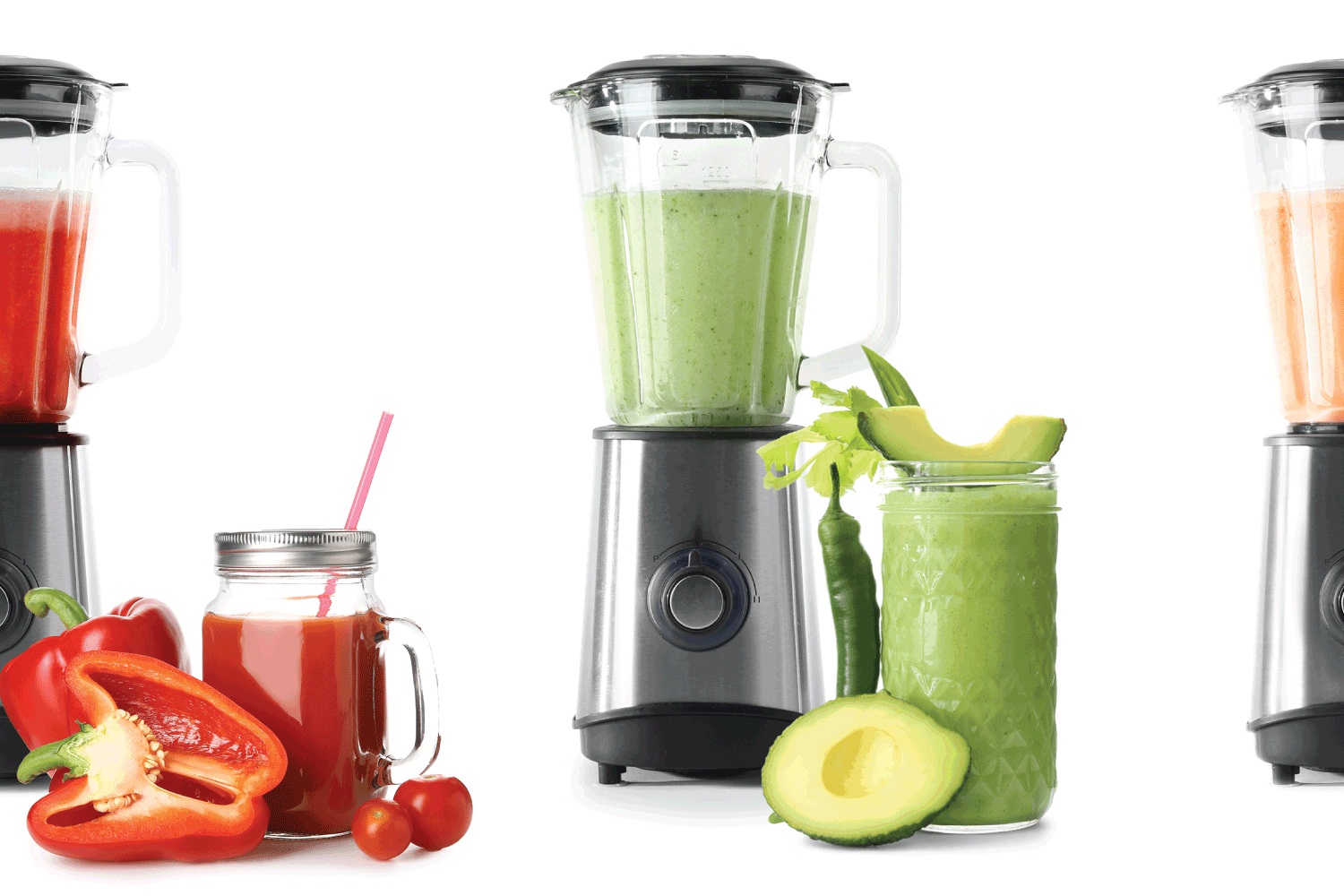
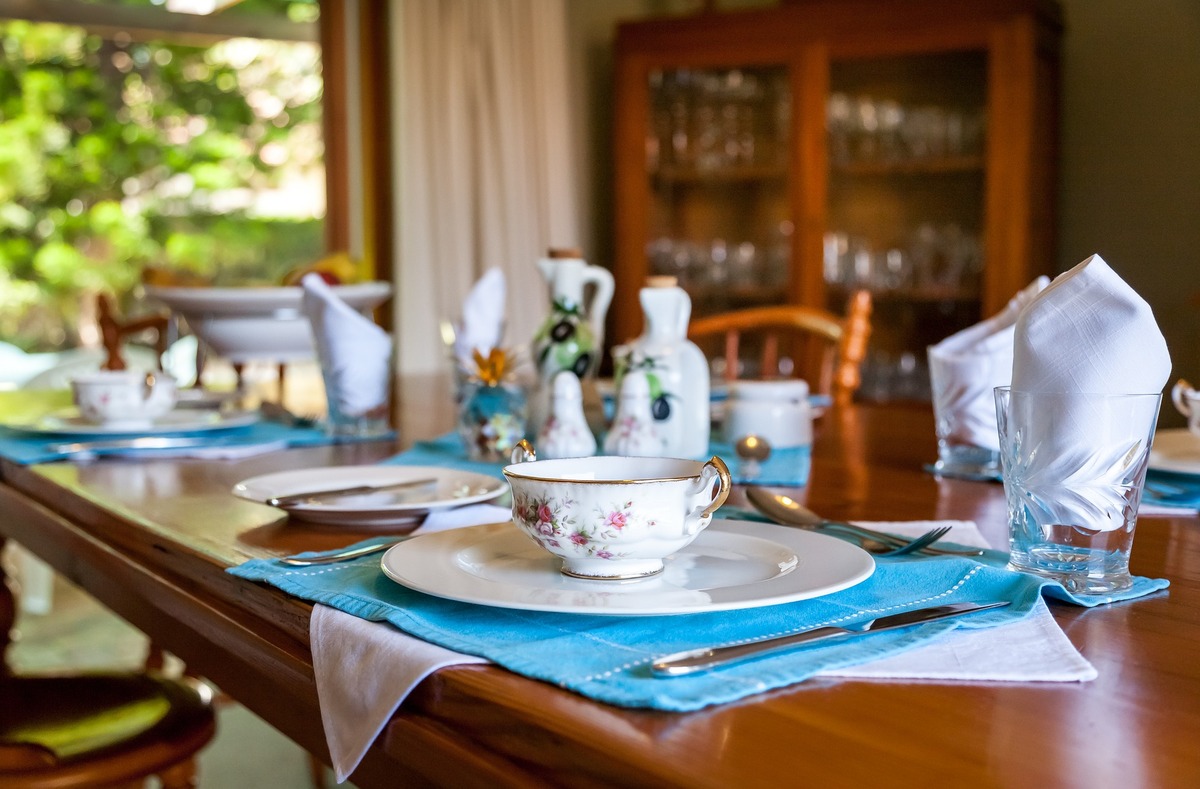
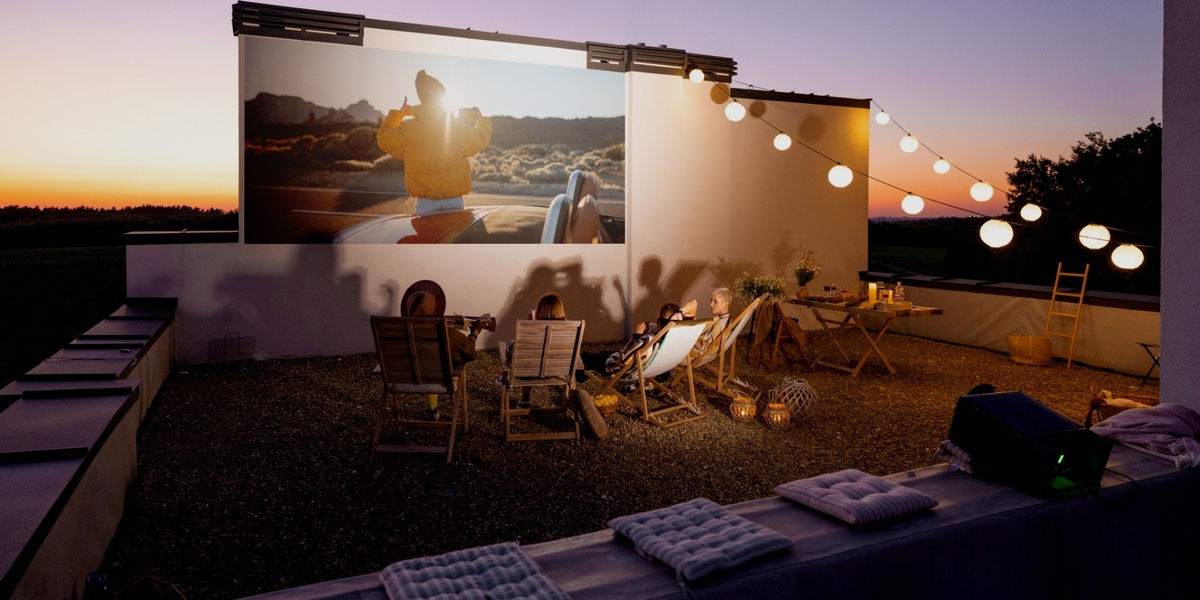
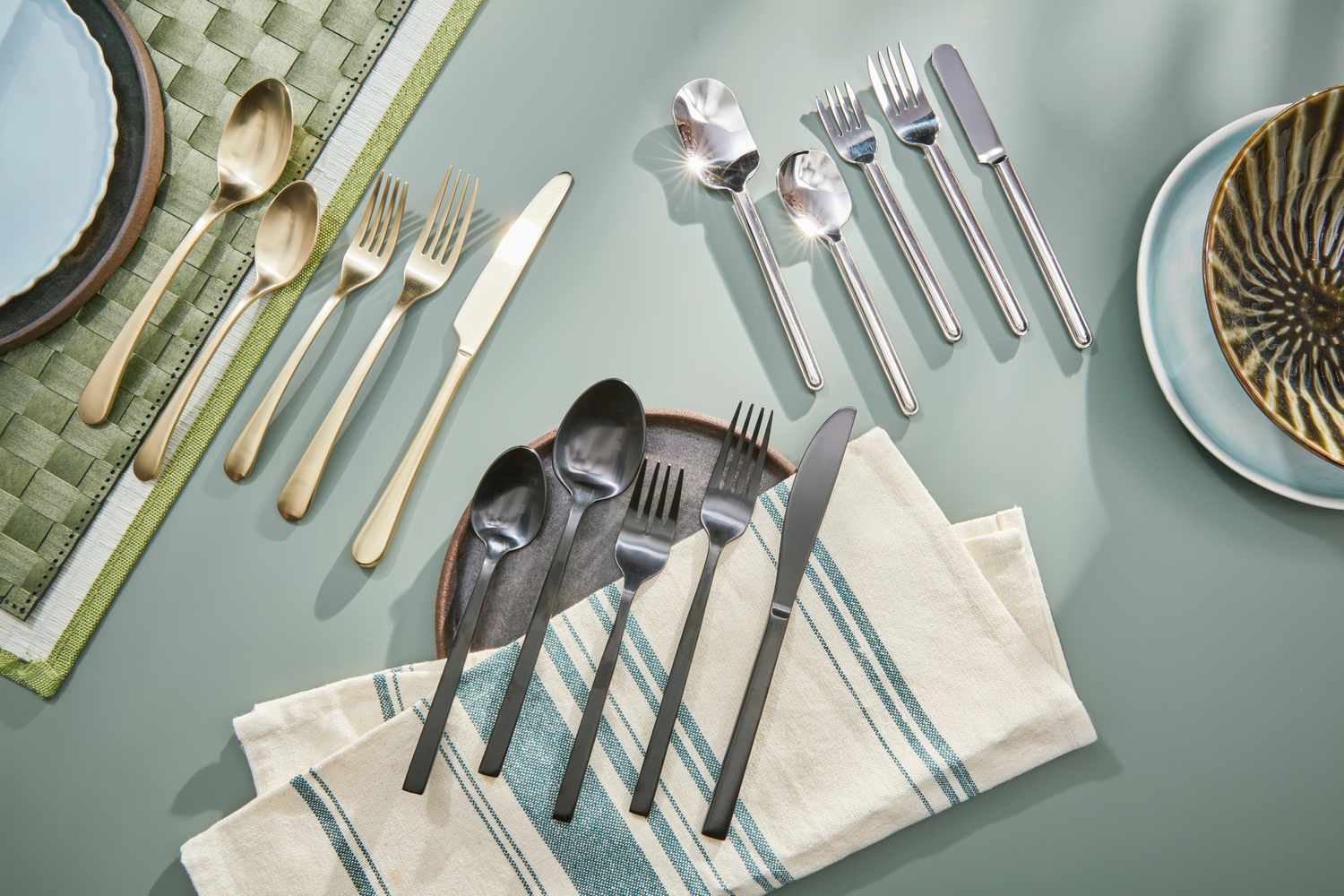
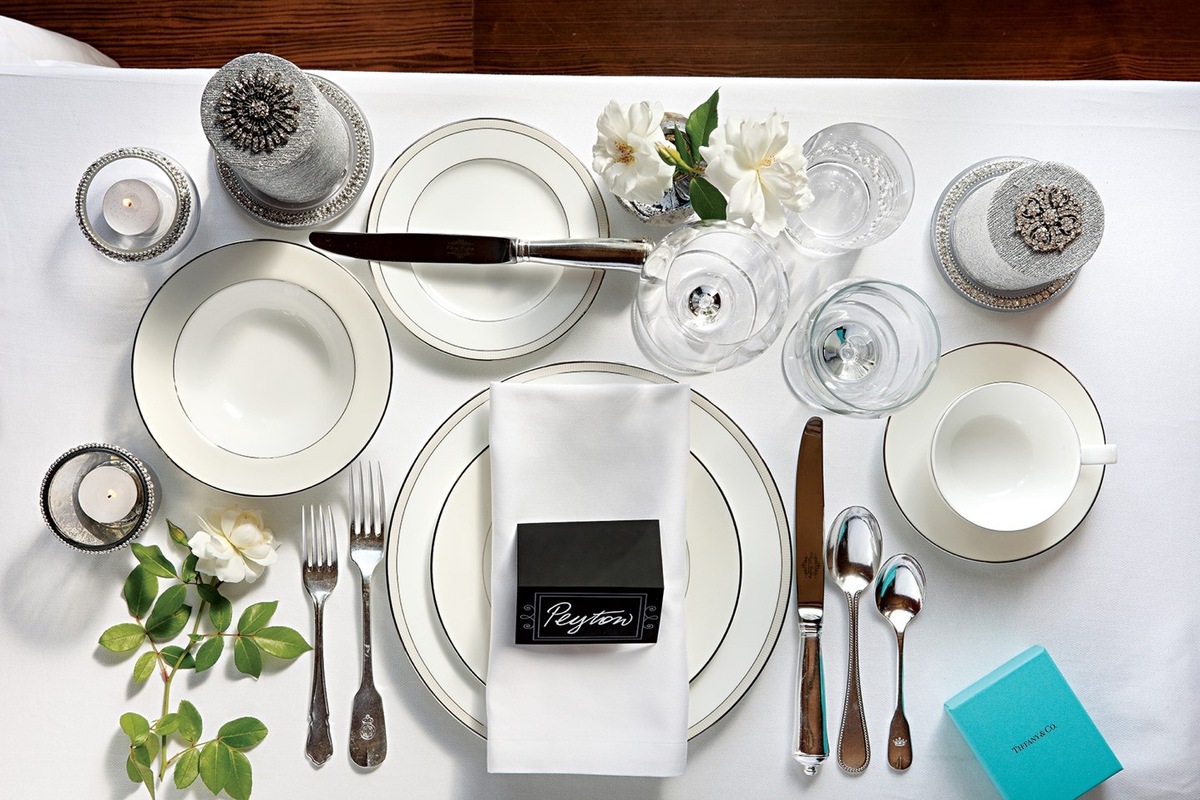
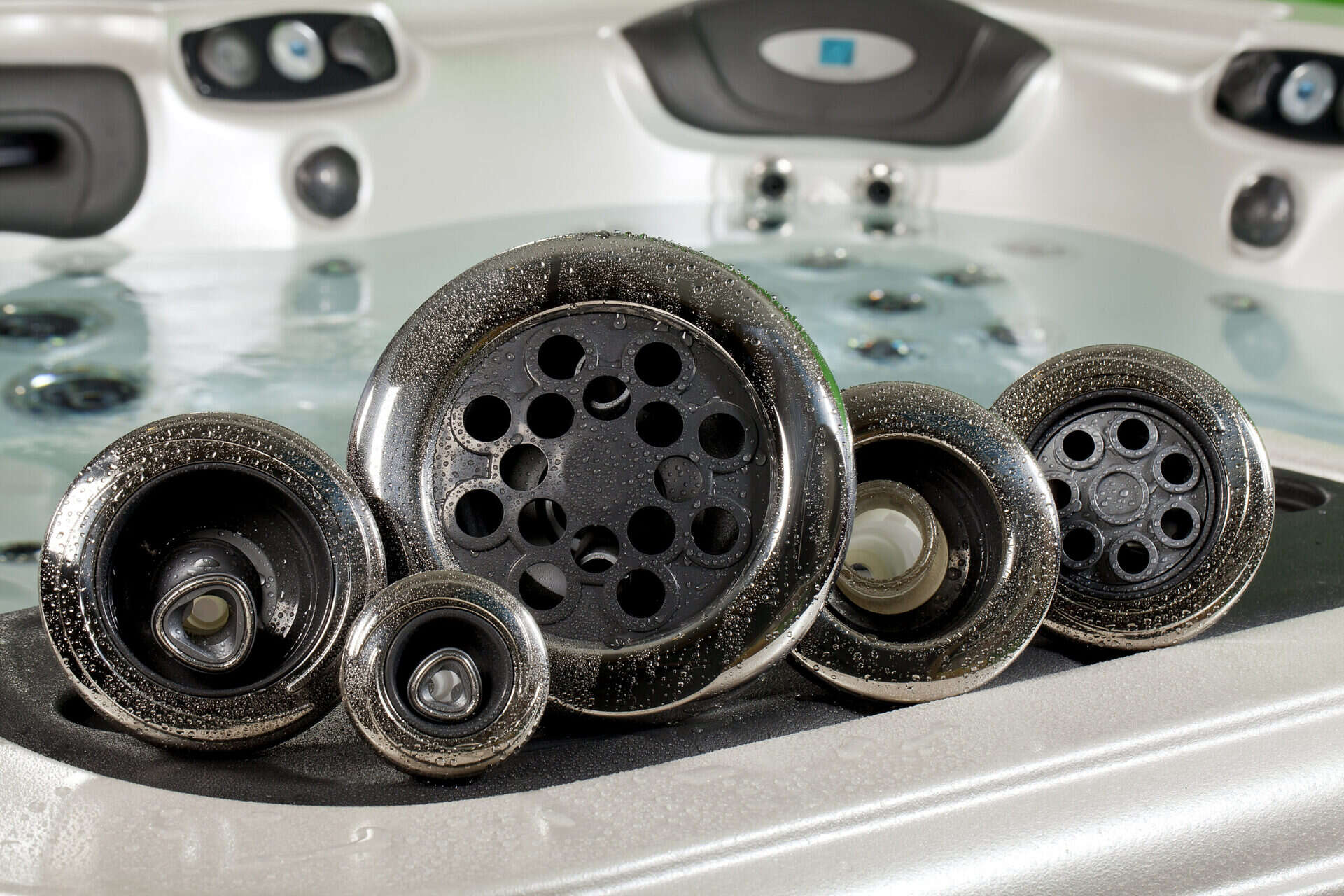
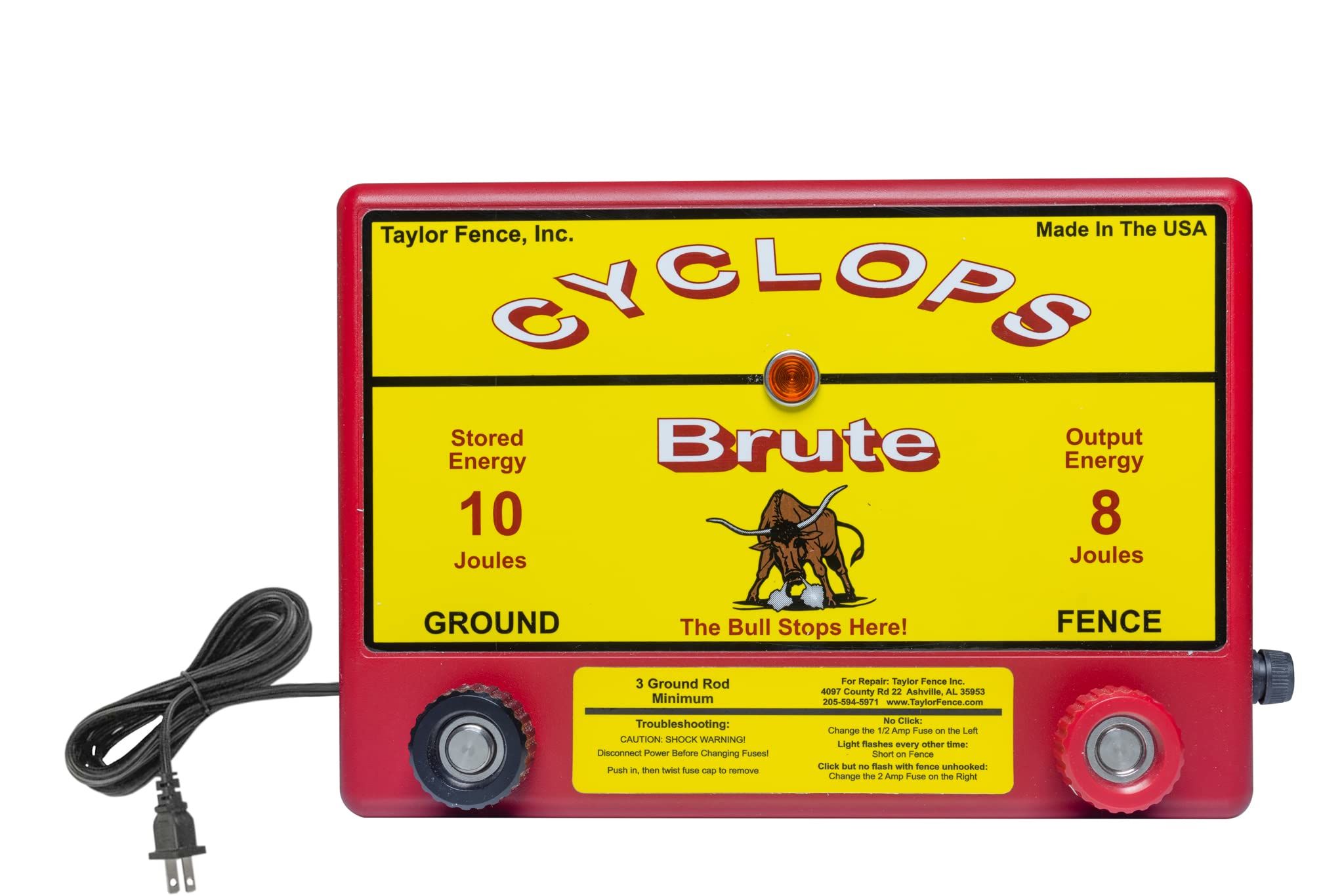
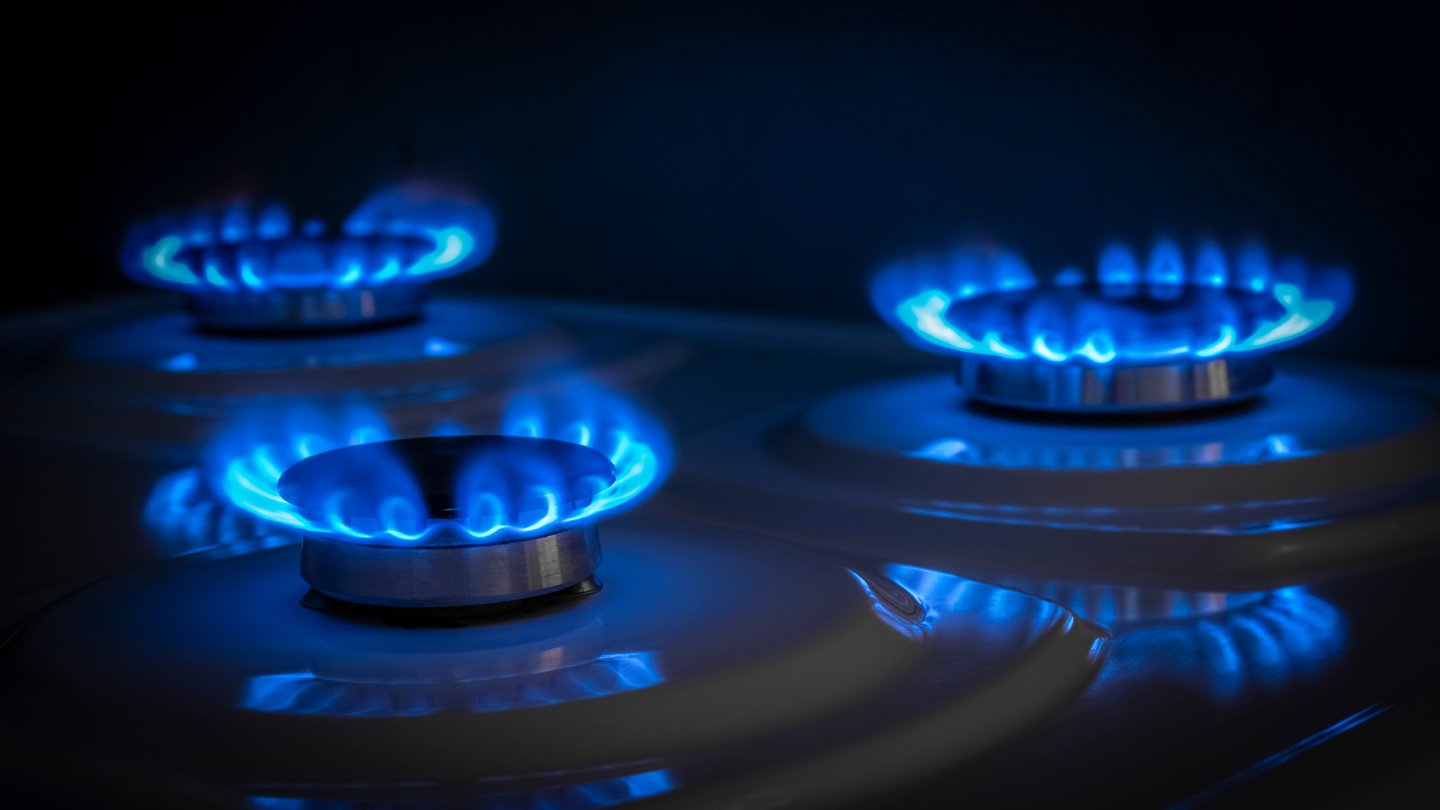
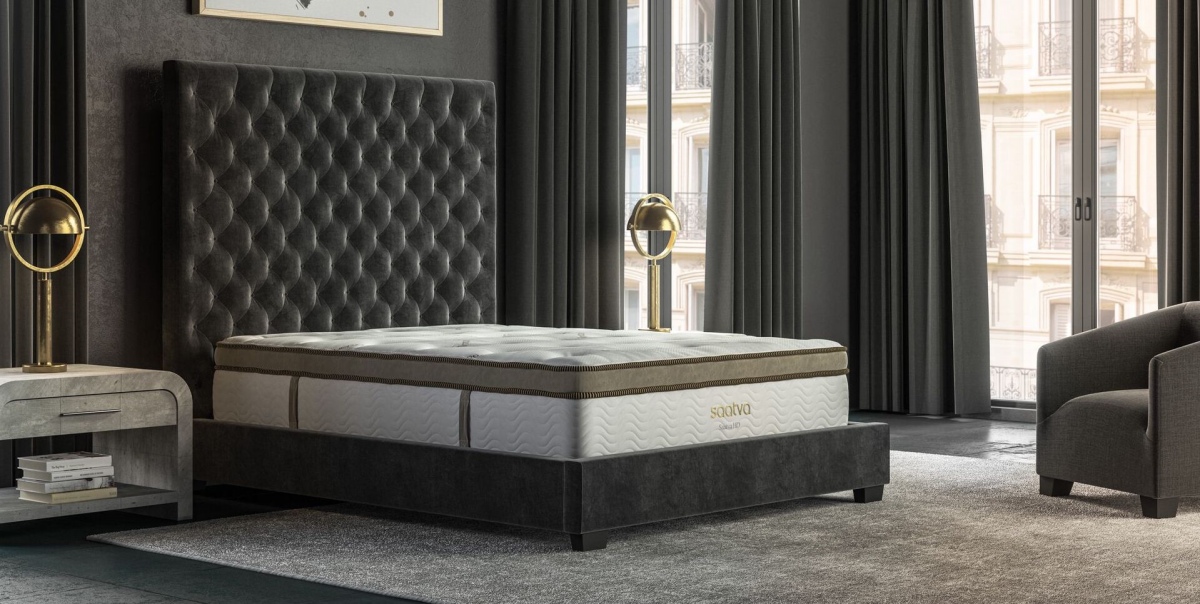
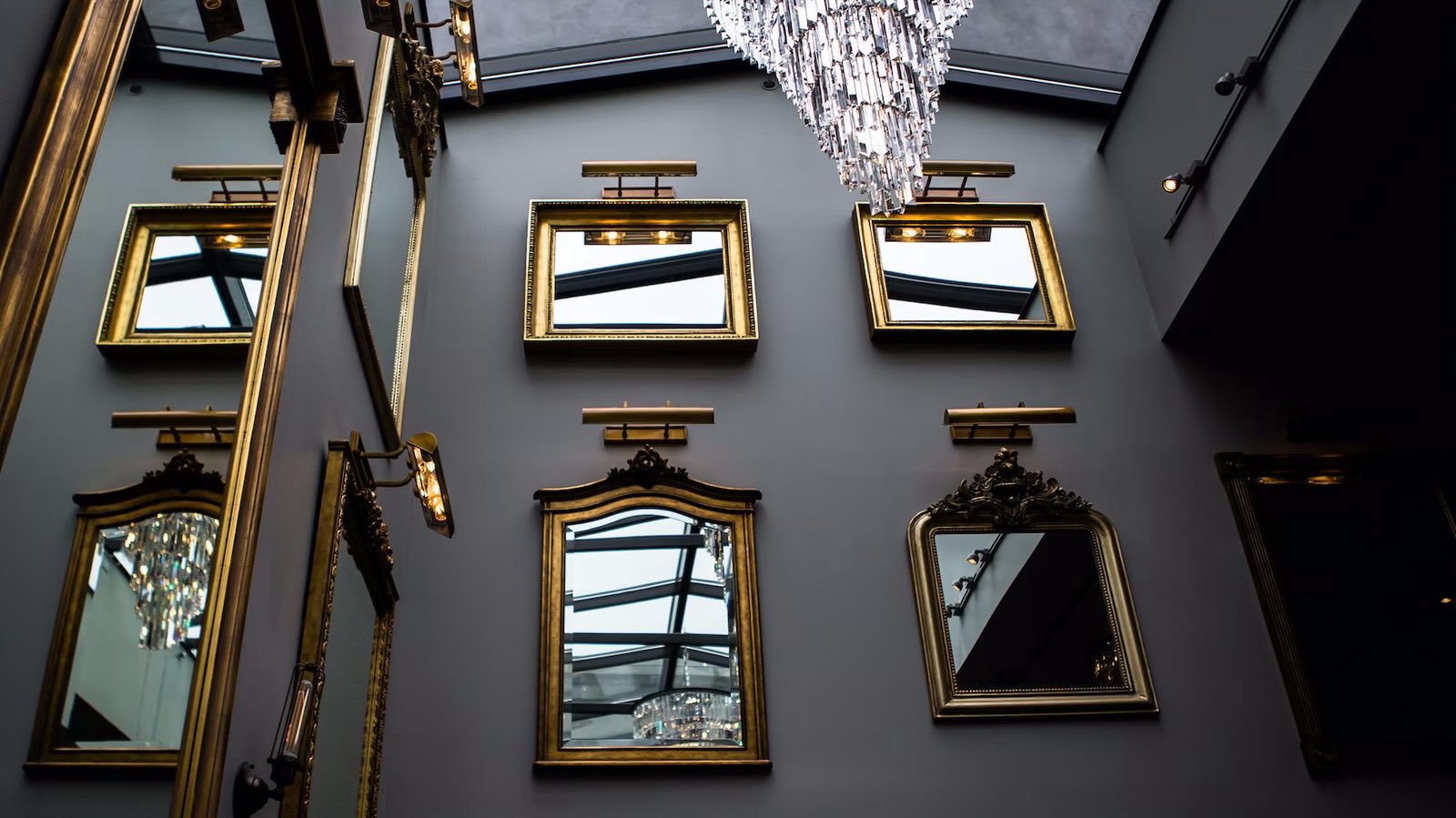

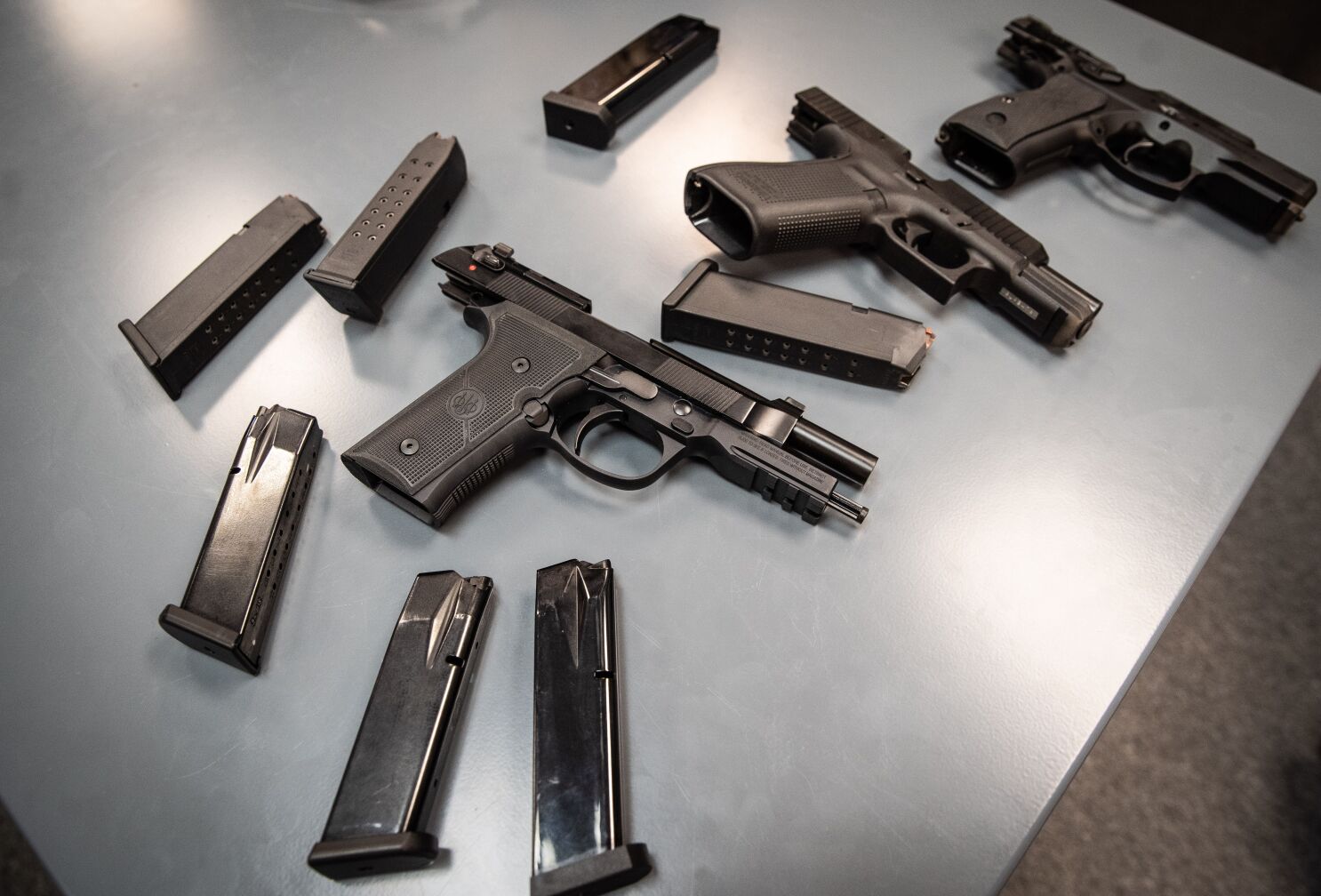

0 thoughts on “How Many Place Settings Should You Have”